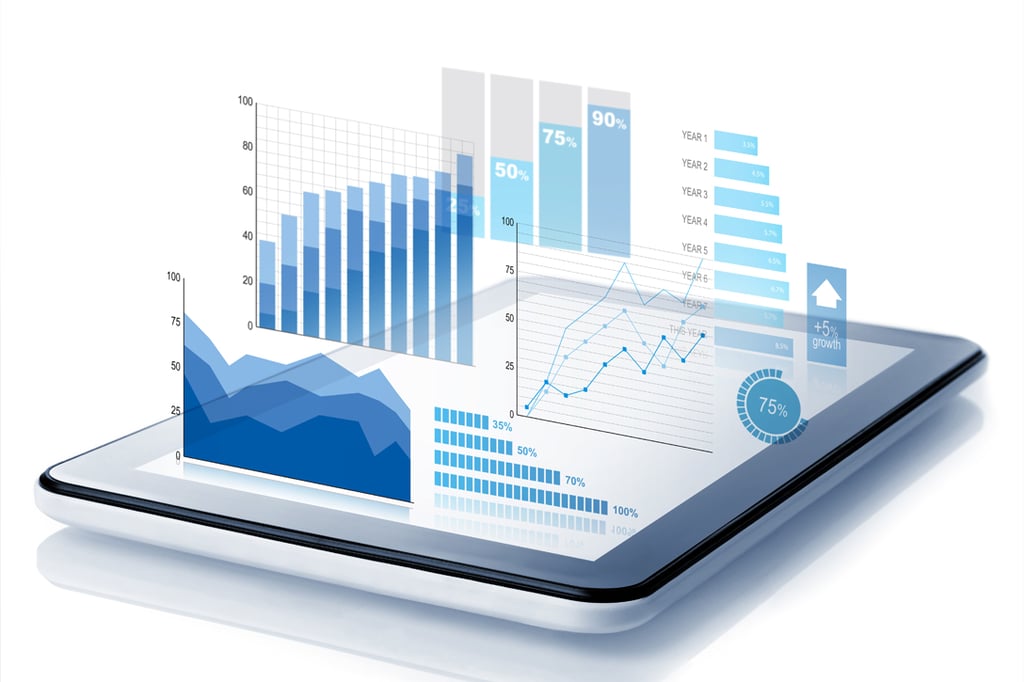
Five Ways to Use Data to Be More Relevant to Customers

Master data management (MDM) solutions are used for much more than customer and product master data. According to a recent Information Difference report, MDM is also used for asset, location, supplier, finance and personnel data.
“Indeed it has become quite common for MDM efforts to begin in a relatively low-key area such as maintaining relatively stable reference data (country codes, etc.) as a toe in the water before broadening the initiative out to deal with more volatile master data domains,” the “MDM Landscape Q2 2014” report states. You can read the full report on The Information Difference’s site.
That doesn’t mean it’s a good idea to broadly apply MDM technology. As both Forrester and Gartner analysts as well as several IT Business Edge readers have pointed out, MDM is often misunderstood and misapplied within organizations.
All told, that makes for a lucrative market: Though MDM is only about a decade old, the market is worth $1.16 billion last quarter, which includes an additional:
- $640 million for software license revenue
- $198 million for maintenance revenue
- $326 million in revenue for professional service performed by software vendors
The estimates excluded systems integration and consulting revenue resulting from MDM implementations. That doesn’t mean those are insignificant figures. The report authors said that their research shows an MDM project’s people costs are four times the cost of software licenses.
It’s possible that cloud may soon chisel off a bit of that software license revenue, though. The report notes that while cloud-based MDM remains “a minority interest,” they see growing interest from a “small base.”
All this investment in MDM has not reduced the number of competing master data sources, the report notes. Large organizations have a median of 15 separate master data sources — the same amount as in 2008. One positive trend, though, is that companies are now aware of the problem, which leads them to establish proper data governance initiatives.
The report is four pages in all, and it’s important to remember this is a market analysis — not an analysis of the actual solutions. Still, the Information Difference does rank vendors by “technology,” a number that incorporates customer satisfaction, maturity within the market, the breadth of the product, and other more subjective factors. It also ranks vendors by market strength and represents customer base by varying the size of the blue bubble representing each vendor.
Given the way the firm ranked vendors, it should surprise no one to see that Informatica, IBM, Oracle and SAP are the strongest performers, along with Stibo. Orchestra Networks, Software AG and Riversand aligned tightly in the middle along market strength, with other vendors close on their heels in terms of market strength or technology.
Frankly, the main surprise isn’t actually the vendor rankings, but how many vendors are still at play in this competitive market. Despite mergers and acquisitions, there are still a lot of players in the MDM space. A few newbies have even entered the fray, including Pitney Bowes Software, which launched in 2012, and Verdantis, a spin-off of Zycus launched in 2012.









